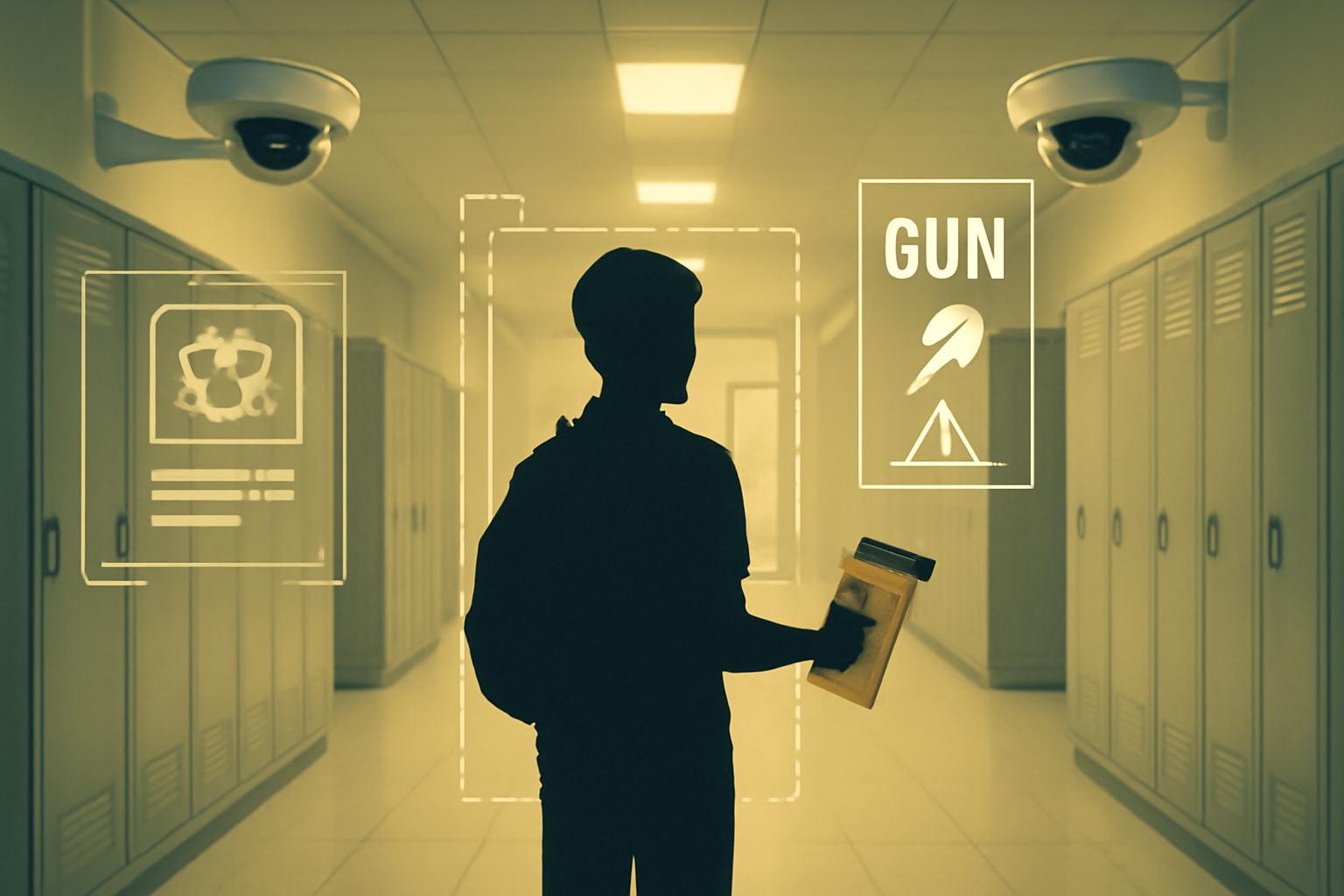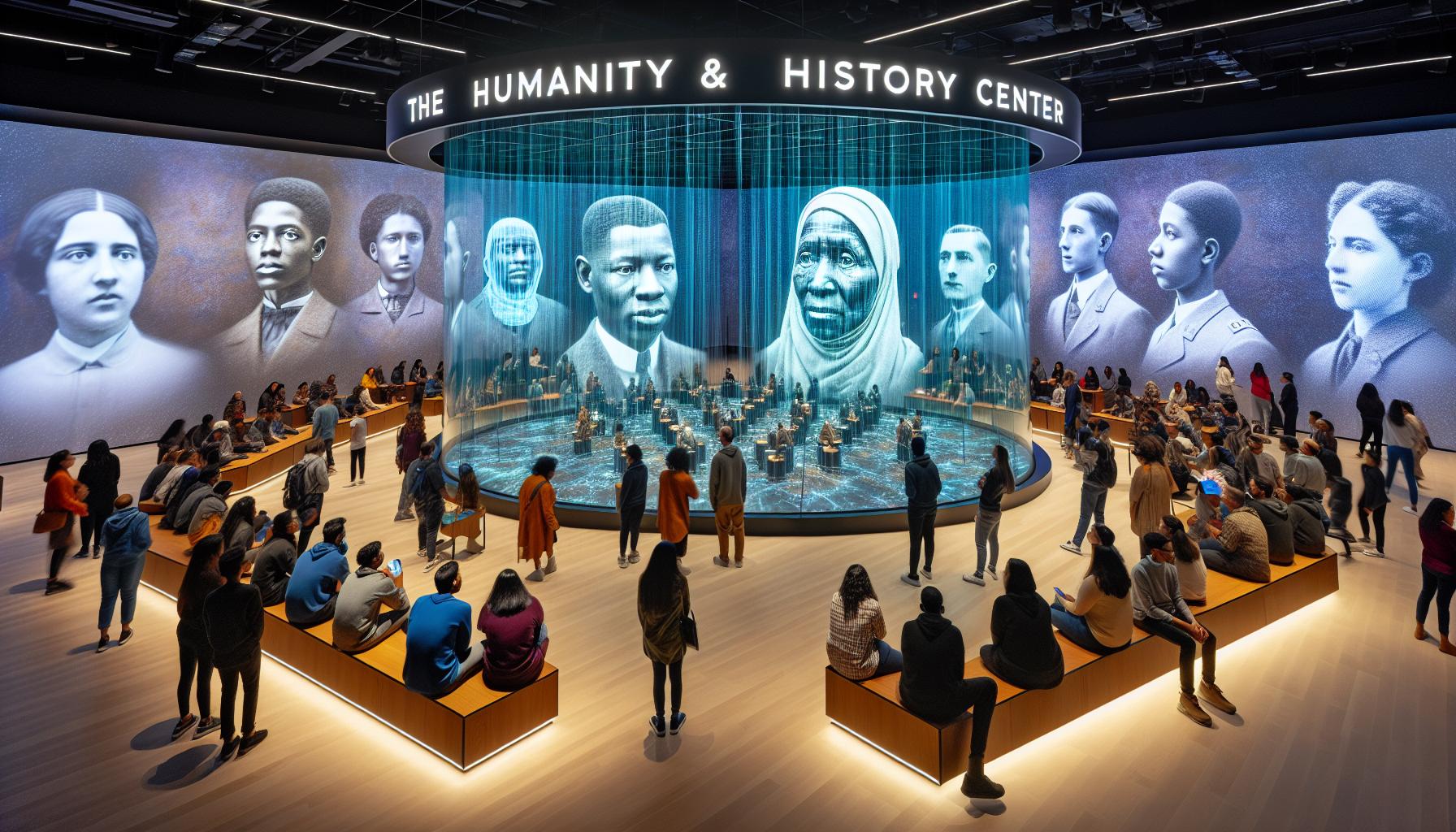Incident Overview
A high school student in Baltimore County, Maryland, was mistakenly identified as carrying a firearm by an AI-powered security system. Taki Allen, a student at Kenwood High School, was holding a bag of Doritos when the AI system flagged the snack as a potential gun, leading to his handcuffing and search by school authorities.
Taki Allen recounted, “I was just holding a Doritos bag — it was two hands and one finger out, and they said it looked like a gun.”
Following the alert, Allen was ordered to get on his knees, place his hands behind his back, and was subsequently handcuffed by school officials.
School Response and Review
Principal Katie Smith issued a statement to parents explaining that the school’s security department reviewed the AI alert and canceled it once determined to be false. However, before the cancellation was fully communicated, the alert was reported to the school resource officer who involved local police. Smith acknowledged that she initially was unaware the alert had been rescinded when she escalated the situation.
AI System Provider’s Statement
Omnilert, the company responsible for the AI gun detection technology, expressed regret over the incident. In a statement to CNN, they said, “We regret that this incident occurred and wish to convey our concern to the student and the wider community affected by the events that followed.” Despite the false positive, Omnilert maintained that “the process functioned as intended,” underscoring the challenges of balancing AI detection accuracy with real-world consequences.
Implications for AI Security in Schools
This incident highlights the risks associated with deploying AI-based security systems in educational settings. False positives can lead to severe consequences for students, including unwarranted detentions and emotional distress.
- Accuracy of AI detection remains a critical challenge.
- Protocols for verification and escalation require improvements to prevent unnecessary police involvement.
- Transparency and clear communication with students, parents, and staff are essential.
- Potential legal and ethical concerns arise from misidentification in schools.
Balancing safety with civil liberties and student well-being necessitates rigorous oversight and continuous refinement of AI security technologies.
FinOracleAI — Market View
The deployment of AI-driven security systems in schools is gaining traction amid rising safety concerns. However, incidents like the Kenwood High School false alarm underline the technology’s current limitations and the need for enhanced accuracy and operational protocols.
- Opportunities: Continued AI innovation can improve threat detection and reduce human error in school safety measures.
- Risks: False positives may damage trust in AI security tools and provoke legal challenges.
- Regulatory environment: Increased scrutiny and potential regulation on AI use in public institutions.
- Market adoption: Schools may adopt hybrid approaches combining AI with human oversight.
Impact: This incident serves as a cautionary example of AI security’s current pitfalls, emphasizing the necessity for improved systems and protocols to safeguard students without compromising their rights or safety.













